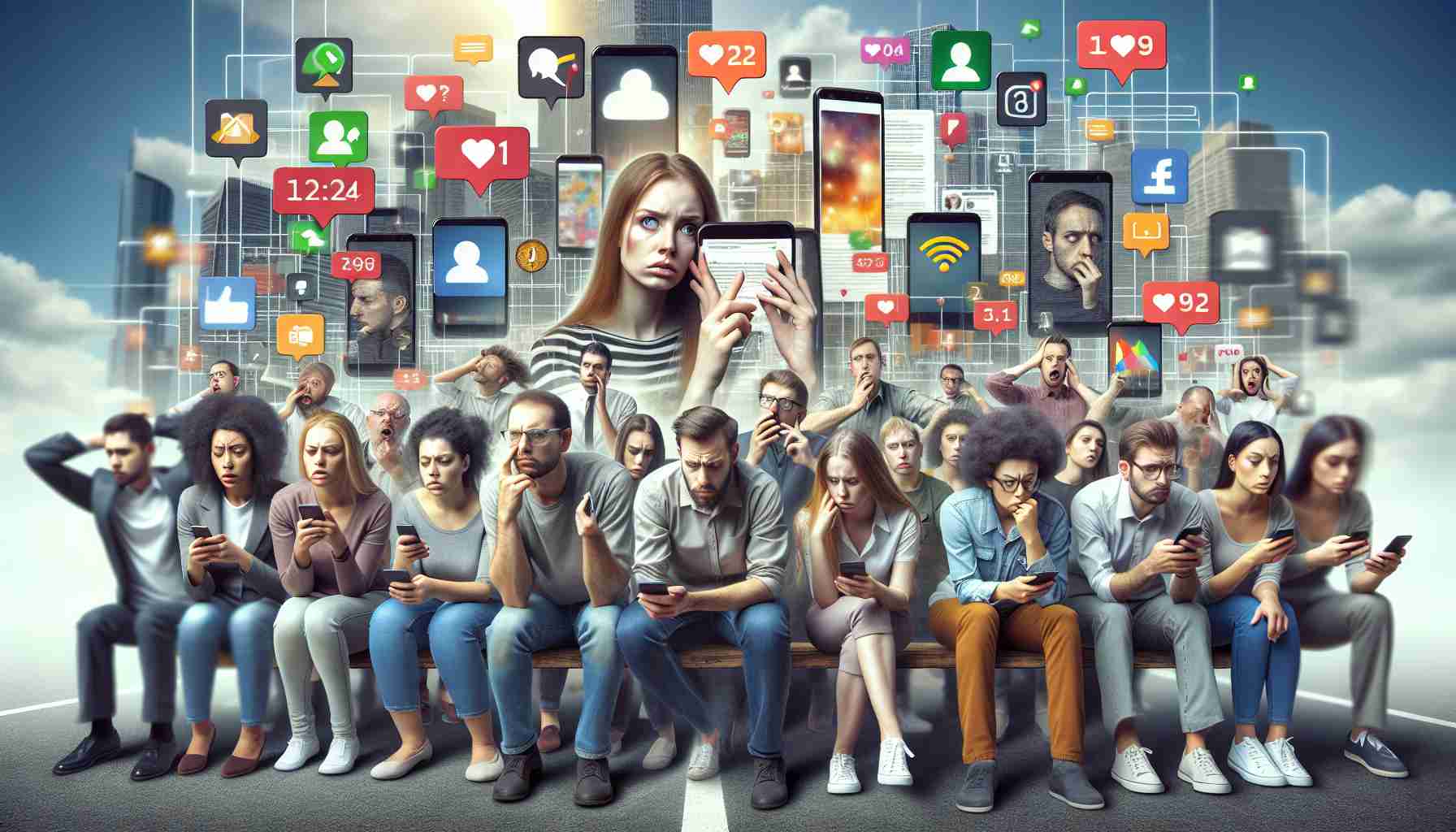New perspectives have emerged about the current youth and their unique challenges, particularly with regard to mental health. Unlike the issues that previous generations faced, such as school-yard bullying, societal pressures like homophobia, or the stress of finding the right career path, today’s children and teenagers are dealing with a modern source of anxiety: their smartphones.
A recently published book by renowned social psychologist Jonathan Haidt suggests that these devices are contributing significantly to the rise of anxiety disorders among the young ones, coining the term the “Anxious Generation” to describe the current youth. The conversation around this matter was further expanded upon in a recent dialogue hosted by broadcaster Warren Andrew on his prominent podcast. Hugh Breakey, the Deputy Director at the Institute for Ethics, Governance & Law at Griffith University, added to the discussion, shedding light on the intersections between technological advancements and mental health concerns.
Smartphones have swiftly altered the fabric of social interaction and information access, and the ramifications are largely felt by the younger populace, who are often inseparable from their digital devices. The immediacy of communication and the perpetual flow of media content has created an environment ripe for the propagation of anxiety and stress amongst this burgeoning ‘Anxious Generation.’ As the discourse evolves, it becomes increasingly important to understand and mitigate these technological stressors for the benefit of the youth’s well-being.
Understanding the ‘Anxious Generation’
The term “Anxious Generation” represents the current youth, who are coming of age in a world dominated by smartphones and social media. Anxiety disorders are reportedly on the rise among children and teenagers, and there is growing concern among mental health professionals about the long-term effects on their mental health.
Key Questions and Challenges
The central question surrounding this topic is: to what extent is the use of smartphones and social media contributing to increased anxiety among young people? Several key challenges emerge from this discussion:
– Differentiating the impact of smartphones from other stressors that affect the mental health of the young.
– Managing the balance between beneficial and harmful effects of smartphone use.
– Ensuring privacy and safety for young people online.
– Identifying strategies for parents, educators, and policymakers to help mitigate the negative impacts of smartphone use.
Controversies
There are controversies regarding the perceived impact of smartphones:
– Some argue that smartphones are unfairly demonized and that the benefits they provide in terms of access to information and social connectivity are underappreciated.
– Others challenge the extent to which smartphones are actually causing anxiety, versus simply revealing underlying issues that would exist regardless.
Advantages and Disadvantages of Smartphone Influence
Smartphones offer many advantages, including instant access to information, educational resources, social networking, and entertainment. However, they also come with disadvantages, such as the potential for overuse, disrupted sleep patterns, reduced face-to-face interactions, and exposure to cyberbullying and other online dangers.
For those seeking further reading on these topics, reputable sources on mental health and technology include:
– World Health Organization (WHO)
– Psychology Today
– American Psychological Association (APA)
Addressing the Issue
To address these concerns, stakeholders need to engage in evidence-based interventions, promote digital literacy and create a balanced approach to smartphone use among youth. Collaborative efforts from experts in mental health, technology, education, and policy are necessary to develop guidelines and resources that support the healthy development of young people in this digital era.
